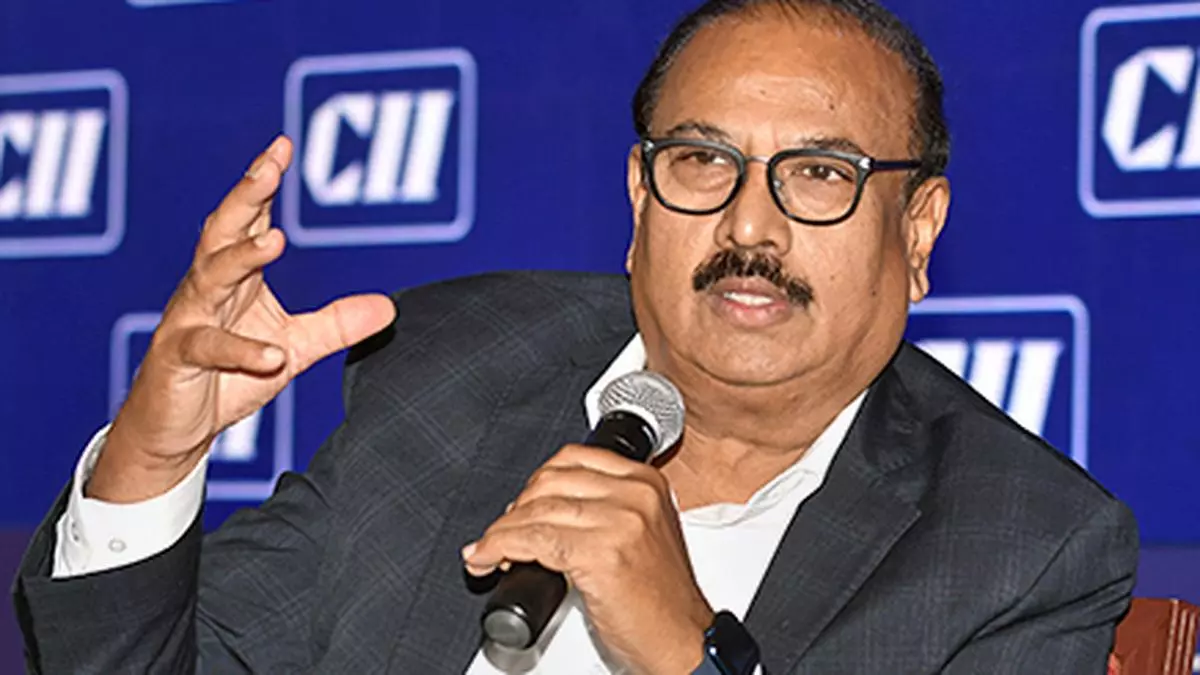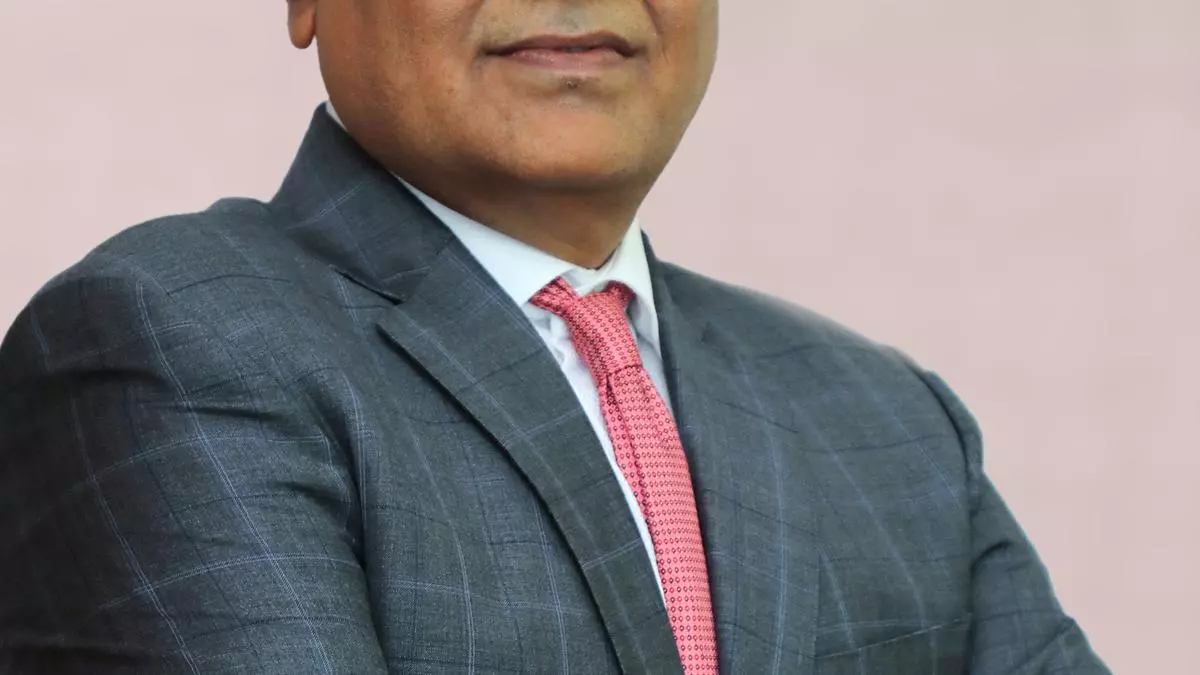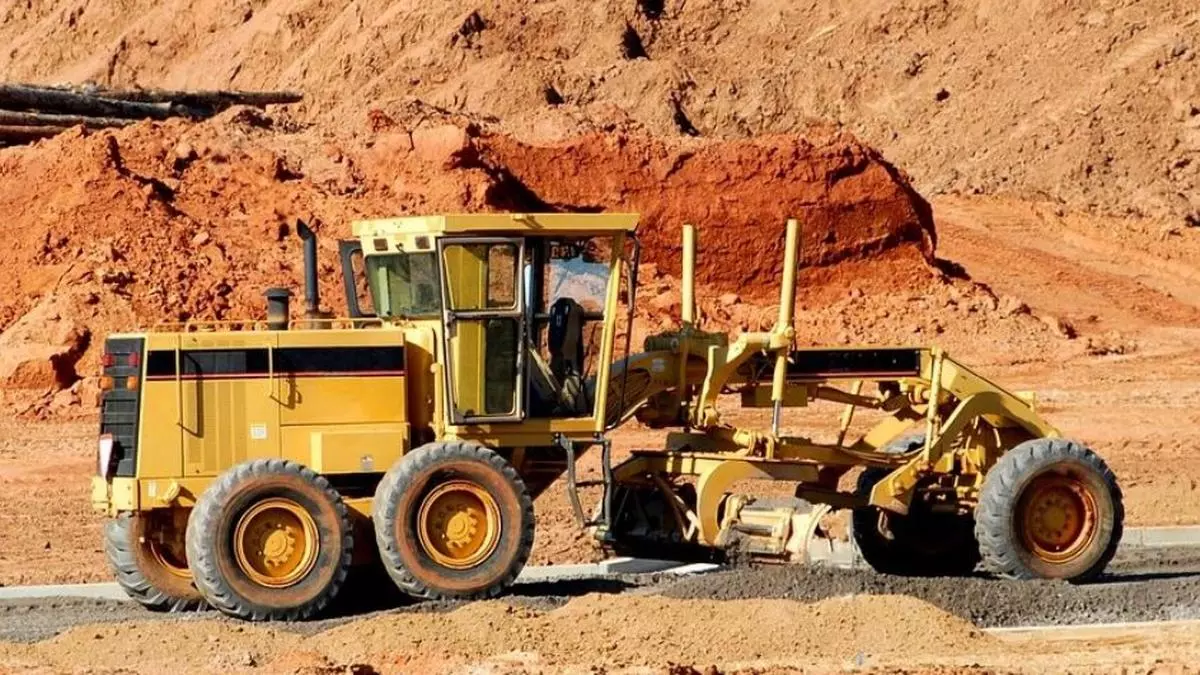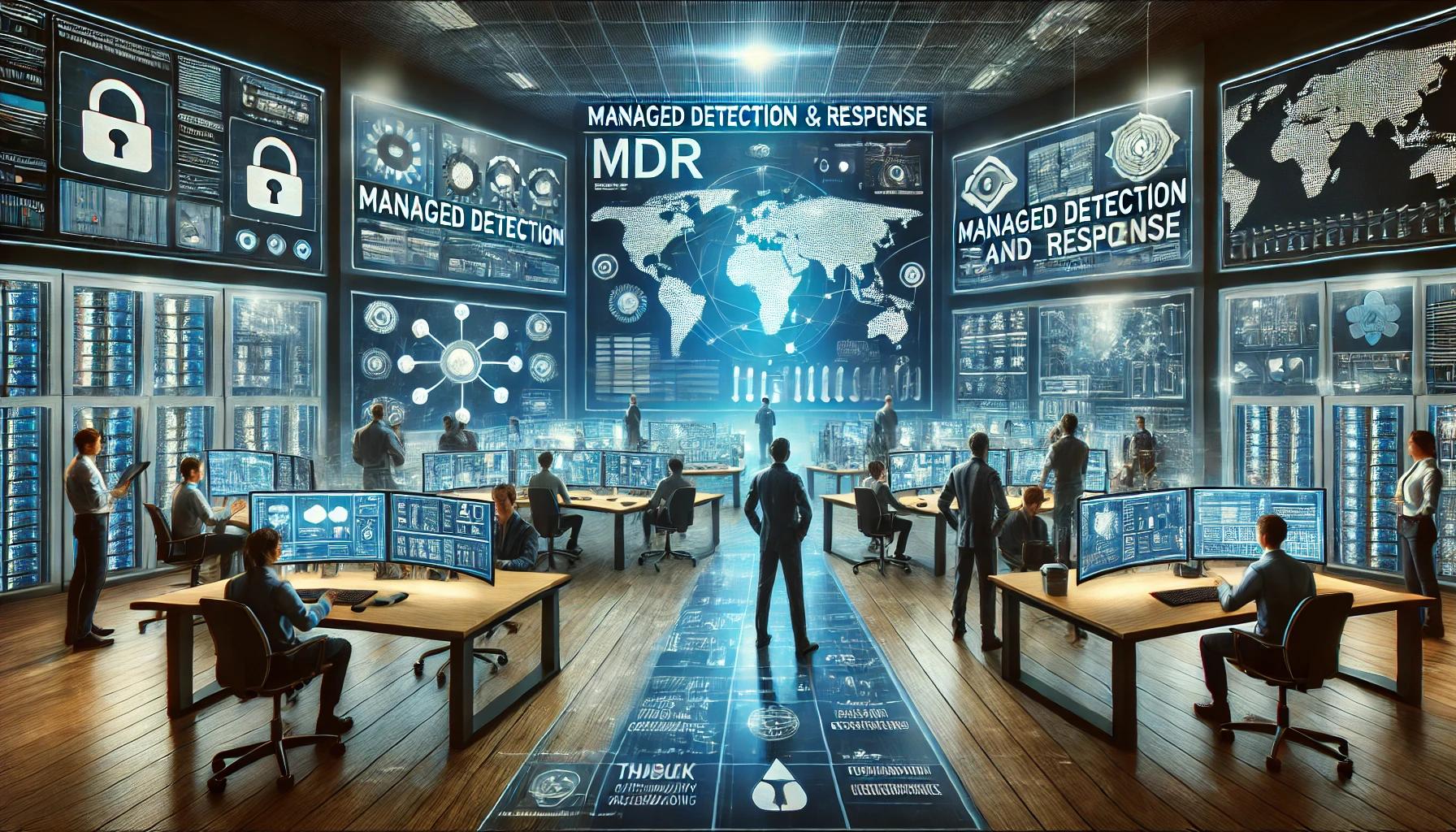One of the lasting symbols of late Prime Minister Atal Bihari Vajpayee was the the Golden Quadrilateral, which was launched to link India’s four major cities: Delhi, Mumbai, Chennai, and Kolkata.
This project transformed India’s connectivity and boosted trade, commerce, and travel, knitting the country closer together.
Taking a cue from these benefits, subsequent governments have carried forward this good work. Today, these network of highways remains the backbone of India’s road infrastructure.
The other was the mega-project of linking of major rivers of India to create additional storage facilities and transfer water from water-surplus regions to more drought-prone areas through inter-basin transfers. This was a more challenging project and did not see the light of the day for nearly two decades.
Only recently, on the occasion of Vajpayee’s 100th birth anniversary, Prime Minister Narendra Modi laid the foundation stone of Ken-Betwa river linking national project, country’s first interlinking of rivers project under national perspective plan. This project is expected to provide irrigation facilities to water starved various districts in Madhya Pradesh and Uttar Pradesh benefitting lakhs of farmer families.
Moreover, the project is planned to provide drinking water facilities to the people of the region. Along with these, the hydropower projects will contribute more than 100 MW in green energy. The project will also create employment opportunities in the rural areas.
The challenges
Due to the impact of climate change most of the river basin of India is becoming to water deficient, and transferring water across water basin is a difficult proposition.
By the time, this phase of the project will be completed, much of the climate change impact on water will be prominent. Globally these projects are shunned due their environment implications. Take the case of Farakka barrage which was constructed to save Kolkata port. However, over the years, it has led to sediment deposit in the upstream near the barrage leading to recurrent flood in Bihar, while in the downstream of the barrage, it has led to land grabbing near the river.
State vs concurrent list
Water is a State subject and while the Centre has initiated a move to bring it under the Concurrent List, this may not happen in the near future due to political differences between the ruling party at the Centre and the parties ruling the States.
Recently, we have seen a rise in conflicts among States over water. Thus, without having a full-fledged architecture to solve these disputes, it may not be prudent to embark on a project like this. This may lead to money down the drain!
States often knock the doors of courts for settling their water disputes. Understandably, given the archaic legal system in India, this is probably not the best way forward. In a multi-party democracy exists, there is need for cooperative solutions.
The Indian context will require a homegrown institutional set up with a well-built in grievance redressal system. It is important to ensure that the common interests of all parties are met and proper representation — both Centre and States, is given in the institutional setup. Looking at time taken to resolve inter-State water disputes, establishing a national commission for basin management would be a better option.
This commission should give broad policy outlines, monitor river basins and their administration. The existing river basin organisations should come under this national commission.
Finally, the very purpose of transferring water across river basin will be defeated if the farmers opt for cultivating water intensive crops in water scarce basin. Also the current skew of the minimum support prices in favour of water intensive crops needs to change or the project’s objective will be defeated.
The writer is Professor, NCAER. Views expressed are personal









Leave a Comment